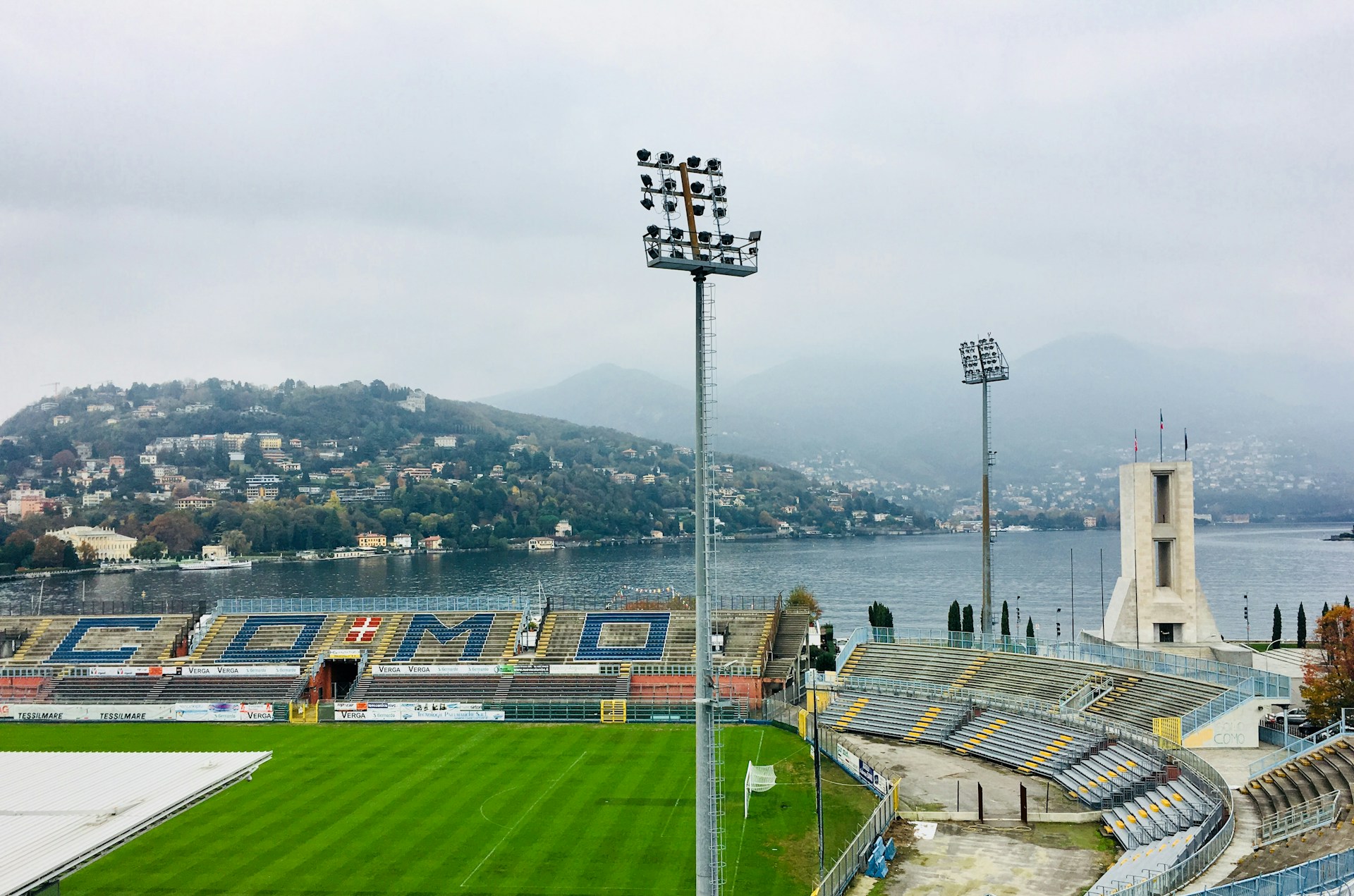Data storage and backups are a crucial part of our daily lives, especially in a digitized world where we create and share a mountain of data every day. Network Attached Storage (NAS) servers such as Synology’s DS120j have become popular choices for home server setups, given their ease of use and robust features. However, the effectiveness of your home server is only as good as your backup strategy.
In this article, we will explore how to ensure data redundancy in a home server using a RAID 1 configuration on a Synology DS120j. We will delve into the world of NAS servers, understand the importance of data redundancy, and guide you through setting up a RAID 1 configuration on your Synology DS120j.
Sujet a lire : How do you optimize a Dell Latitude 7420 for video conferencing in a home office setup?
Understanding Synology DS120j and its Features
Synology, a renowned name in the network storage world, offers an extensive range of NAS servers. Among the myriad of options, the DS120j series stands out as a reliable, yet affordable, choice for home users.
The DS120j is a one-bay NAS server, meaning it houses one hard drive. This compact and energy-efficient device runs on DiskStation Manager (DSM), Synology’s operating system. It offers a plethora of features, from file sharing across multiple platforms to multimedia server capabilities.
Dans le meme genre : What are the best methods for configuring a dual-monitor setup for coding on a HP Spectre x360?
However, one feature that sets Synology apart is its support for RAID configurations. RAID, or Redundant Array of Independent Disks, is a method of storing the same data in different places (thus, redundantly) on multiple hard disks. Despite the DS120j being a one-bay server, it can still be part of a RAID configuration with an external drive, ensuring data redundancy.
The Importance of Data Redundancy
Data redundancy is a strategy that involves storing the same data in multiple locations to safeguard against data loss. If one storage medium fails, the data remains accessible from another location.
Our data is vulnerable to numerous threats. From hard drive failures and accidental deletions to malware attacks and natural disasters, your data can be lost in a flash. By having redundant data, you can recover from these potential pitfalls without losing vital information.
In a home server scenario, having redundant data ensures continuity. If your primary storage drive fails, the system can continue to access your data from the redundant drive, reducing downtime and preventing data loss.
Setting up RAID 1 on Synology DS120j
While the Synology DS120j is a one-bay NAS, it can still facilitate RAID configurations with the help of an external drive. Here’s how to set up a RAID 1 configuration, which mirrors data across two drives for redundancy.
Firstly, you will need an external drive of the same capacity as the internal drive in your DS120j. Connect this external drive to your DS120j via USB.
Next, open the DiskStation Manager (DSM) on your computer. Navigate to the Storage Manager and go to the Volume section. Click on “Create” and follow the prompts to create a new mirrored volume.
The DSM will guide you through the rest of the process, including selecting the two drives, choosing the RAID 1 configuration, and formatting the drives. Once the process is complete, your NAS will start mirroring data to the external drive, ensuring data redundancy.
Maintaining Security and Mitigating Vulnerabilities
Like any networked device, NAS servers can have vulnerabilities. Synology has a robust system to address these vulnerabilities, regularly releasing updates to its DSM software to fix any known issues (referred to as CVEs).
Ensure that your DSM software is always updated to the latest version to protect against potential vulnerabilities. Synology also recommends using a firewall and antivirus software to further secure your NAS.
Additionally, regular audits of your RAID system are vital. Any physical issues with your drives, such as high operating temperatures or consistent errors, can be early warning signs of potential drive failure.
In conclusion, data redundancy is an important aspect of a solid backup strategy. With the Synology DS120j and a RAID 1 configuration, you can ensure your data’s safety despite being a home user with perhaps limited technical knowledge. Remember to maintain good security practices and regularly check the health of your drives to ensure their longevity and reliability.
Implementing Regular Version Updates and Addressing Security Vulnerabilities
Keeping your Synology NAS system up-to-date is critical for ensuring its performance and security. Synology regularly releases updates for its DiskStation Manager (DSM) software, which include fixes for known issues, enhancements to existing features, and sometimes, new functionalities. These updates can effectively address multiple security vulnerabilities and provide fixes to ensure that your Synology DS120j operates optimally and safely.
It is good practice to update your DSM software as soon as a new version is launched. An update will restart your NAS, but Synology has designed the process to be safe and efficient, minimizing the downtime. Note that the update release time and expected regions may vary, so it’s advisable to check Synology’s official website or subscribe to their notification service to stay informed.
Aside from DSM version updates, Synology also addresses specific security vulnerabilities through patches, often referenced by their CVE (Common Vulnerabilities and Exposures) number. Each CVE fixed is a potential security threat eliminated. Given the frequency of cyber threats and the potential impact on your data, regular updates are not just recommended, but necessary.
In addition to system updates, employing other security measures such as enabling the built-in firewall, using strong, unique passwords, and installing reliable antivirus software can increase the security of your Synology NAS. Remember, maintaining multiple layers of security can make it significantly harder for potential attackers to compromise your system.
Concluding Thoughts: Making the Most of Your Synology DS120j with RAID 1
When it comes to ensuring data redundancy, the Synology DS120j and RAID 1 configuration prove to be a robust and reliable combination. This setup not only protects your data against loss but also promotes continuity by reducing downtime in case of drive failure. However, like any technology, it requires proper care and maintenance to deliver its full potential.
Consistent monitoring of your drives’ health and swift action upon spotting any irregularities can prevent potential data loss. Remember, high operating temperatures or consistent errors are often early warnings of drive failure.
In terms of software, staying up-to-date with the latest DSM version updates and fixed issues is key to keeping your NAS secure and functional. These updates address multiple security vulnerabilities, ensuring that your home server remains a safe haven for your data.
In conclusion, the Synology DS120j, with its robust RAID 1 configuration, offers an affordable yet effective solution for data redundancy at home. As long as you maintain good practices, keep security tight, and proactively address potential issues, your home server can serve you well for a long time. The peace of mind that comes with knowing your data is safe and readily available when needed is indeed priceless.









